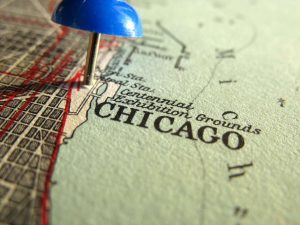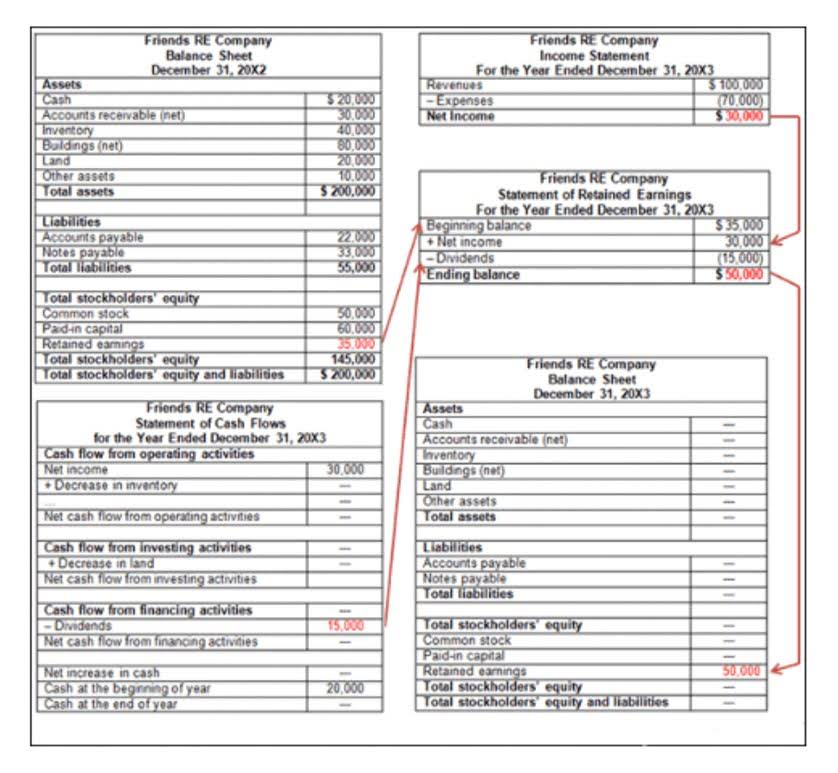
There are several variations on the concept, such as selling the receivables directly to the lender. These arrangements involve high interest charges and administrative fees, and so are not recommended unless lower-cost financing is not available. To record a trade receivable, the accounting software creates a debit to the accounts receivable account and a credit to the sales account when you complete an invoice. When the customer eventually pays the invoice, the accounting software records the cash receipt transaction with a debit to the cash account and a credit to the accounts receivable account. For instance, if the client had an invoice for Best Buy and the factor provided financing against it on a non-recourse basis, then the factor assumes the risk.

Calculating DSO with trade receivables and interpreting it
The shorter the time a company has accounts receivable balances, the better, as it means the company is being paid fast and it can use that money for other business aspects. Trade receivables are the total amounts owing to a company for goods or services it has sold, which are reflected in invoices that the company has issued to its clients, but has not yet received payments for. For an invoice amount to be added to trade receivables, full payment must be expected within one year. Non-trade receivables are another category of asset representing money that hasn’t yet been paid to a business but which they can expect to receive soon. Contrary to trade receivables, though, non-trade receivables are the money owed to a business from sources other than the sale of inventory or stock.

Accounts Receivables
- A company may track its accounts receivable turnover ratio every 30 days or at the end of each quarter.
- Trade receivables are amounts billed by a business to its customers when it delivers goods or services to them in the ordinary course of business.
- The accounts receivable turnover ratio measures the number of times a company’s accounts receivable balance is collected in a given period.
- GoCardless makes it easier and faster for your customers to pay you by giving you the option to collect recurring payments via ACH Debit.
- But in recent years, this lesser-known asset class has drawn increasing interest as an uncorrelated investment with low risk and the possibility of high returns.
Providing a link to online payment options and accepting multiple credit cards will go a long way toward getting payment faster. The most efficient way to prepare an invoice is to use accounting software, but even if you’re invoicing manually, you need to send the invoice promptly. While these amounts are owed to your business, they are not part of the course of doing business.
- So, company A can use trade receivables financing to raise funds and fulfill the order.
- The client can use that information to inform its ongoing business decisions including how much business to carry out with that customer.
- They’re likely to be the largest asset on most businesses’ balance sheets, as they represent all the outstanding money owed to your business but is due soon.
- The profit on this transaction is therefore taken when the goods are sold even though no money has changed hands yet.
- Deskera is an intuitive platform, with a user-friendly interface, specifically designed so small business owners can manage their finances through one integrated software, in just a few clicks.
- When invoicing is delayed, payment is delayed, meaning the company can’t use those funds for something else.
- Investors are leery of entering markets and sectors they have little knowledge of, and the amount of information on global trade can be daunting for even the most rigorous investor.
How Are Accounts Receivable Different From Accounts Payable?
The period that trade receivables are paid is usually less than a one-year period, which is why trade receivables are also considered as current assets – they’re liquid and easily convertible into cash. Trade receivables as a standalone metric don’t tell much about a business’s financial position. However, we can calculate the days sales outstanding (DSO) of a business with the trade receivables and annual revenue figures. When it becomes clear that an account receivable won’t get paid by a customer, it has to be written off as a bad debt expense or a one-time charge. Companies might also sell this outstanding debt to a third party—known as accounts receivable discounted or as AR factoring. Because they represent funds owed to the company, they are booked as an asset.
What are Trade Receivables and Trade Payables?
- Amortization allows a company to take that portion of an uncollectible account that is deemed to be impaired and account for it as though it were a sale of goods or services.
- Contrary to trade receivables, though, non-trade receivables are the money owed to a business from sources other than the sale of inventory or stock.
- Our corporate financial services are structured to fit the financial requirements of the client, essentially innovating parts of the funding product for the specific situation.
- This can lead to cash flow problems and make it difficult to fulfil customer orders or invest in business growth and research and development (R&D).
While the Internal Revenue Service (IRS) doesn’t levy taxes directly on your accounts receivable balance, this asset does ultimately contribute to a company’s profitability, and profits are taxed. When a business sells on credit, it can encounter a cash flow imbalance, where it needs cash to pay for materials and labor, but does not expect to receive payment from customers for several more weeks or months. In these situations, the firm can obtain a short-term loan from a lender that uses the outstanding receivables as collateral.
What Is a Good Accounts Receivable Turnover Ratio?
There are many different ways to optimise your collections process for trade receivables. High accounts receivable turnover ratios are more favorable than low ratios because this signifies a company is converting accounts receivables to cash faster. This allows for a company to have more cash quicker to strategically deploy for the use of its operations or growth. Companies with more complex accounting information systems may be able to easily extract its average accounts receivable balance at the end of each day.
- Companies might also sell this outstanding debt to a third party—known as accounts receivable discounted or as AR factoring.
- It is money owed to a company from the sale of its goods or services to customers that has not yet been paid.
- Companies record accounts receivable as assets on their balance sheets because there is a legal obligation for the customer to pay the debt.
- These entities likely have periods with high receivables along with a low turnover ratio and periods when the receivables are fewer and can be more easily managed and collected.
- It would also be acceptable to maintain a separate ‘irrecoverable debts recovered’ account so as not to obscure the irrecoverable debts recorded in the period.
- The terms ‘trade receivables’ and ‘accounts receivable’ generally mean the same.
- He currently researches and teaches economic sociology and the social studies of finance at the Hebrew University in Jerusalem.
https://www.bookstime.com/ are the amount owed to your business for goods sold or services provided. Once a customer has been invoiced but has not yet paid the invoice, the amount becomes a trade receivable. Where working capital is concerned, one significant metric is Days Sales Outstanding (DSO), which is defined as the time taken for a company to receive payment from customers after selling goods or services.
AccountingTools
